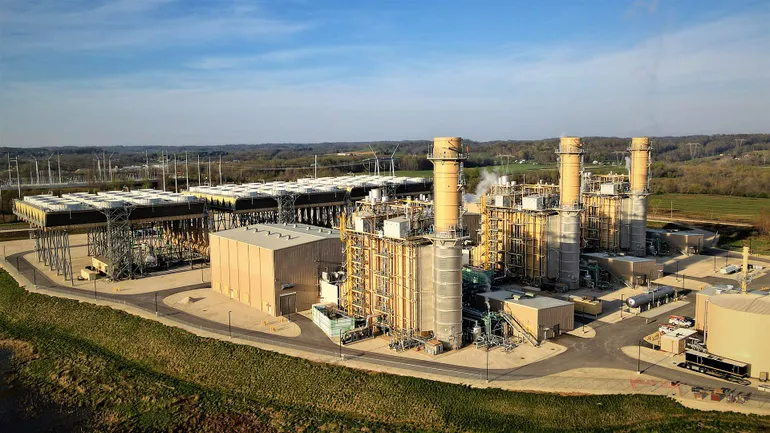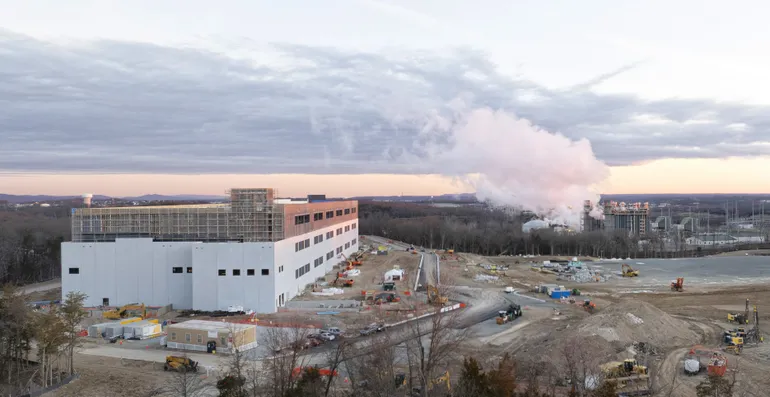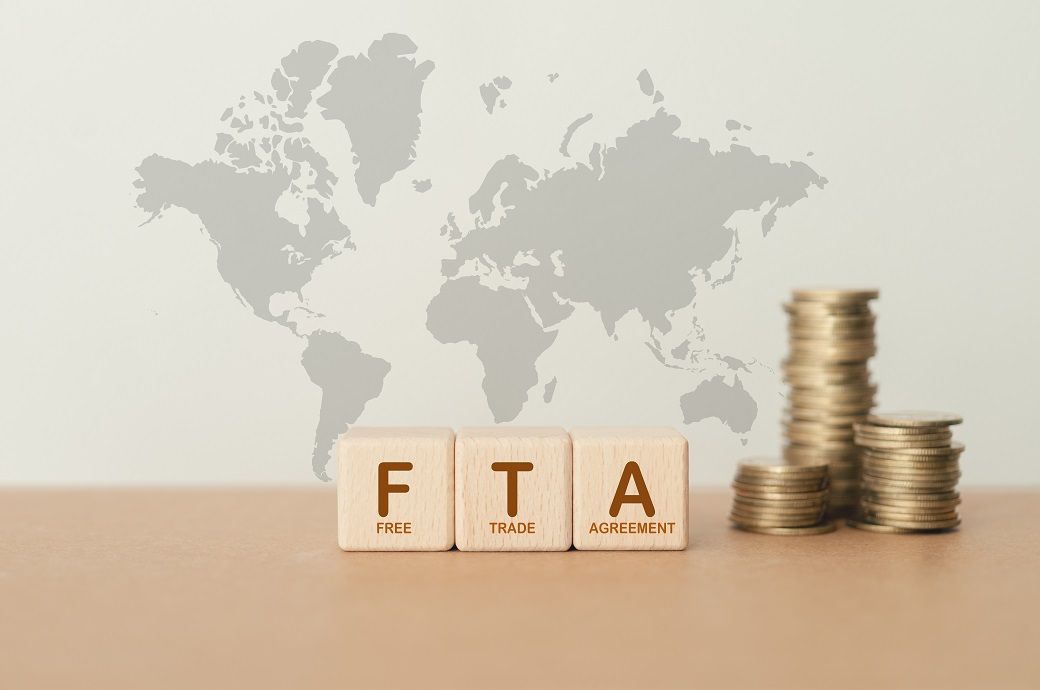Low Gas Prices Explained - Key Factors Driving Trend and Whether It’ll Last
AAA has reported the national average price for a gallon of gas as $3.155 for regular fuel, down a noticeable $0.524 from last year’s figure. Average costs for mid-grade, premium, diesel, and E85 fuel have also declined from a year ago, so what’s driving this trend? Experts at AAA attribute lower ...

Fuel prices see significant improvement over last year’s numbers
AAA has reported the national average price for a gallon of gas as $3.155 for regular fuel, down a noticeable $0.524 from last year’s figure. Average costs for mid-grade, premium, diesel, and E85 fuel have also declined from a year ago, so what’s driving this trend? Experts at AAA attribute lower gas costs to softer demand as spring break travel declines and crude oil being at its lowest price in a few years, which may cause the pattern to continue into summer. While the US gas inventory decreased from 236 million barrels to 234 last week, daily production increased to 9.4 million barrels, according to Carscoops. If the US experiences a recession due to escalating international trade wars, fuel costs could further decrease due to lower demand. Only a few years ago, in 2022, did gas prices hit an all-time average high of $5.016 per gallon during the summer. 
What do prices look like around the country?
The Energy Information Administration (EIA) notes that at 442.9 million barrels, US crude oil inventories are around 6% under the five-year average for this time of year, AAA reports. For electric vehicles (EV), the average price per kilowatt hour of electricity at public charging stations experienced no change at $0.34 compared to the previous week. California ($4.85), Hawaii ($4.51), and Washington ($4.33) were cited by AAA as the US’ three most expensive gas markets, whereas Mississippi ($2.70), Tennessee ($2.70), and Texas ($2.73) were the lowest. For EV charging, Hawaii (55 cents), Alaska (47 cents), and West Virginia (47 cents) were the most expensive, while Kansas (22 cents), Missouri (25 cents), and Iowa (26 cents) were the least expensive.
Why do gas prices fluctuate?
Over the past ten years, fuel prices typically peak for the year around April 10, according to GasBuddy’s head of petroleum analysis, Patrick De Haan.
“First of all, refineries are doing maintenance. During maintenance, they’re obviously taking part of their units offline to do upgrades, to maintain them, and to do inspections. The refineries essentially aren’t churning out as much gasoline in the spring as this maintenance is ongoing,”De Haan said, according to The Hill.
During this maintenance and inspection period, refineries are also transitioning from producing winter-blend gasoline to summer-blend fuel, which costs more to manufacture. The described maintenance, inspections, and summer blend switch are usually complete by May, which typically drives prices down. However, De Haan noted that unexpected factors like natural disasters and tariffs can alter historical patterns. Since President Trump’s current trade war has many Americans fearing a recession, an easing of the tariff situation could strengthen economic confidence and result in higher demand, triggering price increases on fuel as people spend more on travel.
Final thoughts
Today’s lower gas prices are a significant improvement over Americans’ costs during the Summer of 2022. The trend is likely to continue into May, with fuel prices historically decreasing around that time and President Trump showing no signs of permanently lifting his tariffs by then. Still, a continuing trade war could have adverse economic ripple effects that undermine the advantage of lower gas prices, leading drivers to cut back on travel-related expenses, such as fuel spending.


































































































































































.jpg)
.jpg)
.jpg)









